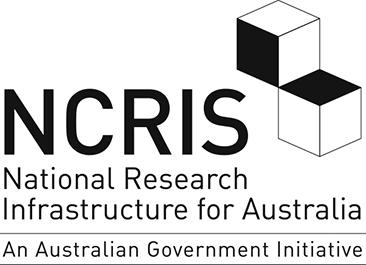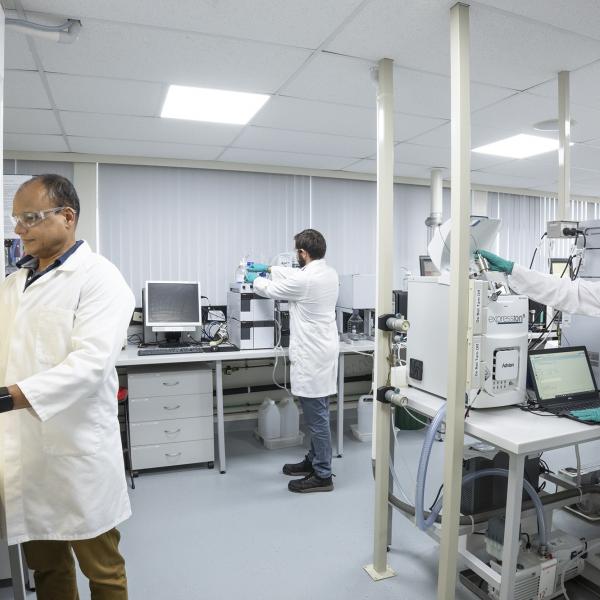
Chemical Deuteration
The NDF chemical synthesis laboratory is fully equipped for the synthesis, purification and characterisation of deuterated molecules. Two wet chemistry laboratories accommodate eight hydrothermal Parr reactors for H/D exchange to generate perdeuterated precursors for the synthesis of target molecules.
The Parr reactors are of different sizes ranging from 50 mL vessels for method development, to 1200 mL vessels for large scale synthesis of deuterated materials. Two additional laboratories contain all of the instruments that are required for analysis, purification and characterisation of the deuterated products.
Deuterated molecules
The National Deuteration Facility offer a wide variety of deuterated molecules synthesised via chemical methods. A product catalogue is available for download via the link below. All enquiries should be directed to Tamim Darwish at [email protected].
Certificate of analysis
All of the deuterated compounds produced by the chemical deuteration facility will be analysed and characterised using the facility’s analytical instruments. This includes multinuclear NMR spectroscopy (1H, 2H, 13C and 31P (for phospholipids)) to confirm purity and to calculate the deuteration level at the different molecular sites. In addition, MS will be used to calculate the isotopic abundances of the different isotopologues which provides a measure of the overall deuteration level of the product. The facility has a polarimeter for sugars and other optically active compounds, TLC, HPLC and other analytical and chromatographic methods will also be used when appropriate.
The National Deuteration Facility will provide a Certificate of analysis for each deuterated product produced by the facility.
Capabilities
- Synthesis laboratories
- Parr reactors (50 ml – 1200 mL)
- GPC
- HPLC
- Flash chromatography
- IR spectroscopy
- Polarimetry
- LC-MS
- NMR spectroscopy
Acknowledgements
The National Deuteration Facility is partly supported by the National Collaborative Research Infrastructure Strategy – an initiative of the Australian Government.
Enabled by



